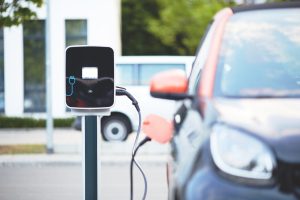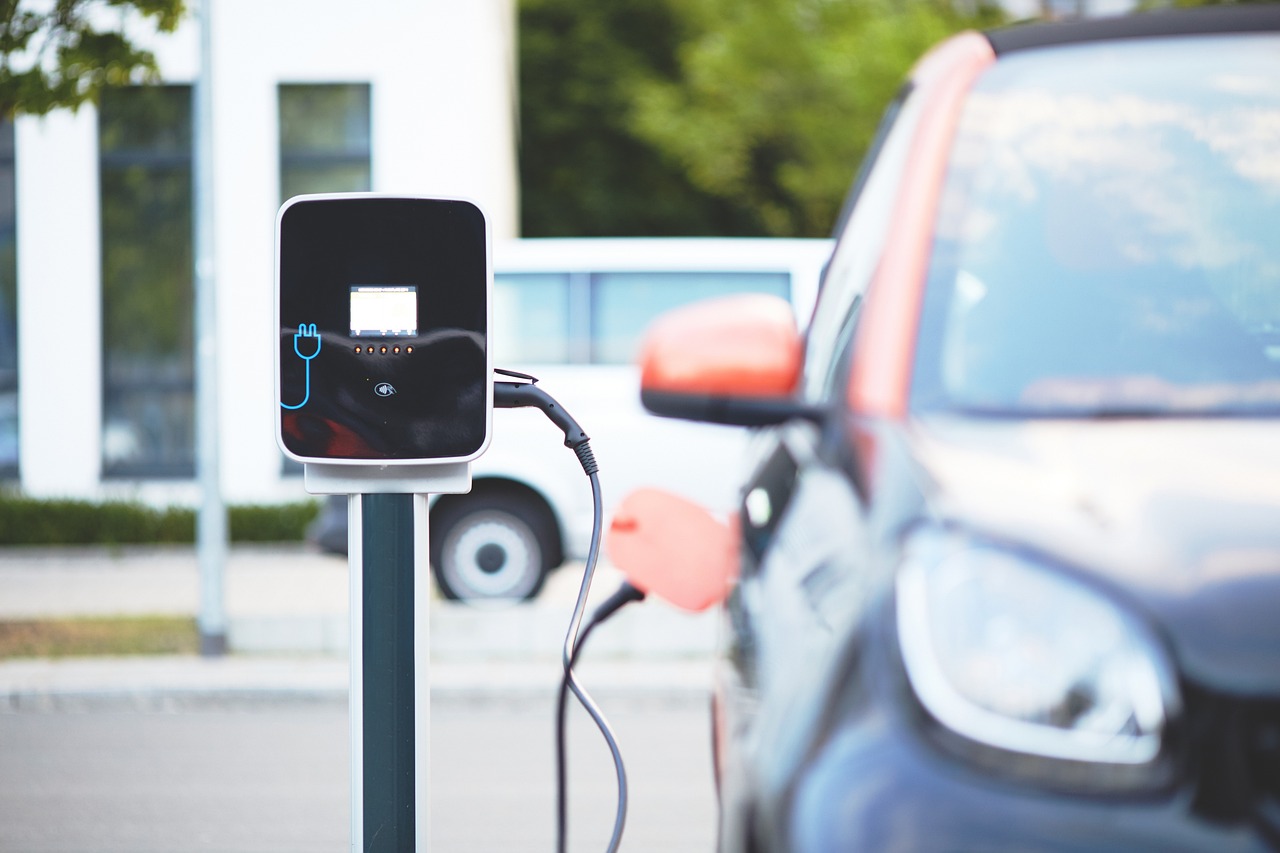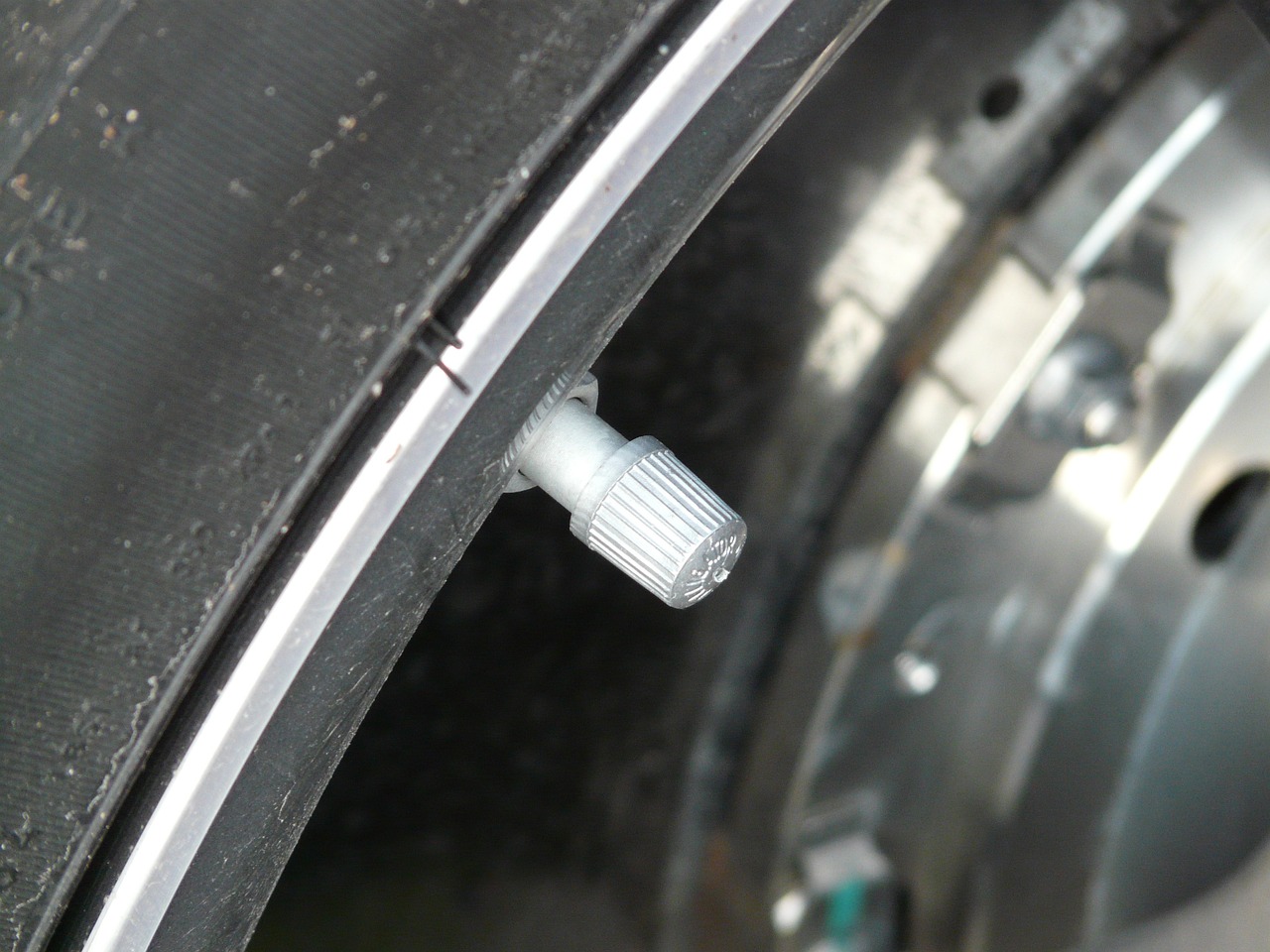Information regarding electric charging points for vehicles is now accessible via the National Access Point, as of the 9th of February 2024. Drivers will receive this information through their web browsers and mobility applications, providing them with comprehensive details for their use.
From today onwards, complete details about electric charging points for vehicles are available at the National Access Point. Navigation tools and various mobility applications will be able to offer users real-time access to this information.

This obligation stems from a European Union’s Commission Delegated Regulation, which laid down specifications ensuring accessibility, exchange, reuse, and updating of road and traffic data across the EU for real-time traffic information services.
Each Member State is to establish a National Access Point, serving as a single point of access for users to road and traffic data. In Spain, this is managed by the General Directorate of Traffic.
The government will provide information on electric charging points to the public through the National Access Point managed by the Central Traffic Headquarters. Electric charging service providers must, in advance, furnish all necessary information to the Ministry for the Ecological Transition and the Demographic Challenge regarding the location, characteristics, and availability of these facilities.
Publication of electric vehicle charging points will adhere to an agreed format, facilitating integration into third-party applications.
Drivers will have access to information about each facility’s location, opening hours, available services (e.g., hotel, restaurant, cafeteria, supermarket), accessibility measures, supported payment methods, number of charging points and connectors available. Additionally, details about connector type, format, charging mode, power, and voltage characteristics will be provided to users.


